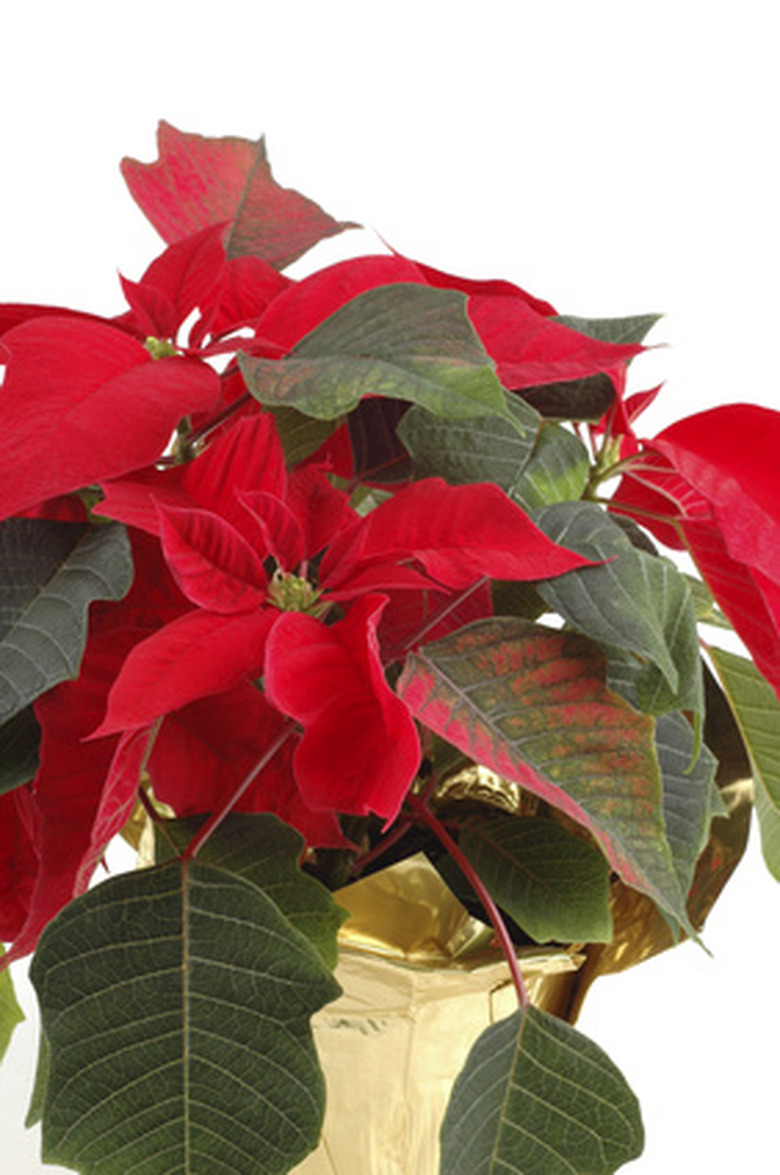Poisonous Plants Of Hawaii
Few native Hawaiian plants are poisonous if humans eat them or if their skin comes into contact with them. However, many tropical plants are common in Hawaii, and residents and visitors should not eat or touch some of them. To be safe, never eat a plant growing in the wild or in a cultivated area unless you know what it is. This applies to Hawaii and all parts of the world.
Native Plants
Defining a Hawaiian native plant can be tricky because many plants arrived in the canoes of the first Polynesian settlers over 1,500 years ago. But scientists have determined that certain plants were here before any humans set foot on islands in the archipelago. Two such plants are the Akia and the Pua kala, or Hawaiian poppy.
- Few native Hawaiian plants are poisonous if humans eat them or if their skin comes into contact with them.
- However, many tropical plants are common in Hawaii, and residents and visitors should not eat or touch some of them.
Akia, Wikstroemia uva-ursi, is toxic to cold-blooded animals but not to humans. Ancient people brewed a tea from the root and stem bark of this plant and then dumped it into their fish ponds, causing the fish to become stupefied, which made collecting them easy.
The Pua kala is related to the opium poppy. When tested on mice, its toxic sap causes "respiratory depression and deep sleep. Higher concentrations caused seizures and death," according to the authors of "Poisonous Plants of Paradise." The authors continue, "No specific cases of Hawaiian poppy poisoning have been published, [so] precise symptoms are unknown."
Ancient Introductions
The kukui nut tree is Hawaii's state tree, but ancient Polynesians introduced it. Although the seeds are edible, if eaten in large quantities they cause diarrhea, vomiting and abdominal cramps. If sap contacts the skin, it can cause a red, itchy rash.
- Akia, Wikstroemia uva-ursi, is toxic to cold-blooded animals but not to humans.
- The kukui nut tree is Hawaii's state tree, but ancient Polynesians introduced it.
Kava kava roots are used in herbal medicine to reduce feelings of anxiety. However, when brewed into a beverage, it can result in stomach pain or a skin disorder if taken frequently. The cause of this skin disorder is unknown, according to "Poisonous Plants of Paradise."
Taro (kalo) is still an important food source in Hawaii–poi is made from the pounded roots. Taro contains "bundles of needlelike calcium oscalate crystals," according to "Poisonous Plants of Paradise." It is "potentially poisonous" and eating raw taro leaves can result in "redness and swelling of the mouth."
Introductions in Historic Times
Many plants have been introduced to the Hawaiian Islands since Captain Cook discovered them in the 1700s. Some of the loveliest and most common ornamental plants that were introduced have poisonous properties when humans eat them or their skin contacts them. Among these plants are azalea, be-still tree, black-eyed Susan, foxglove, hydrangea, lantana, several species of mushroom, plumeria, oleander, poinsettia, crown flower, mango (skin irritant), pencil plant, angel's trumpet and dieffenbachia.
- Kava kava roots are used in herbal medicine to reduce feelings of anxiety.
- Some of the loveliest and most common ornamental plants that were introduced have poisonous properties when humans eat them or their skin contacts them.
References
- Primitive Ways: Fishing With Hawaiian Plants
- Hawaii State Department of Health: Top Ten Inquiries About Plants Received by the Hawaii Poison Hotline
- Poisonous Plants of Paradise; Susan Scott and Craig Thomas; 2000
